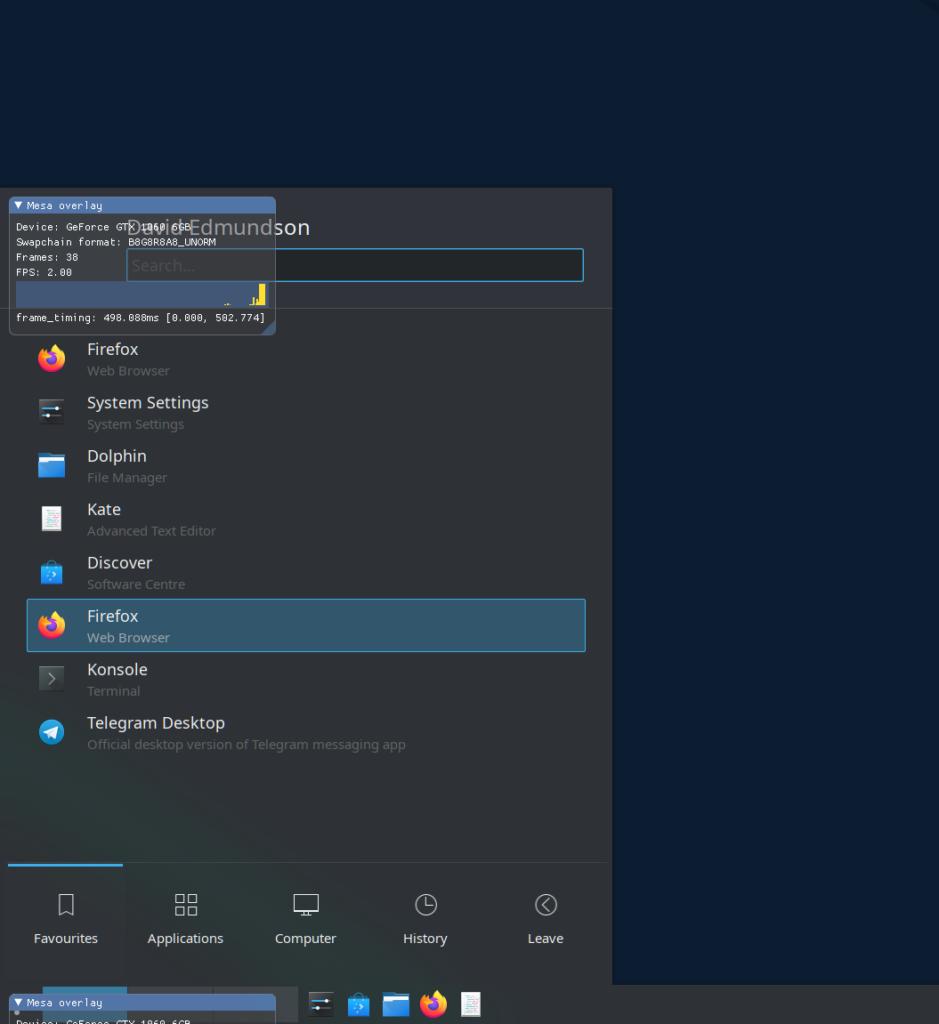Since Plasma 5.18, about 7 months ago, Plasma has shipped with a telemetry system. Opt in (i.e off by default) it requires users to go to choose if (and how much) data to send to us.
No private or identifying information is sent, and everything is stored inline with our privacy policy.
Currently we have hit just shy of 100,000 updates!
We have started off requesting very little information. Versions, GPU info and some basic screen information. However the library powering this is extremely powerful and capable of so much more that we can try and build on in the future to try and identify weak areas and areas we need to invest time and effort and also to identify features or platforms that maybe are under utilised and can be dropped.
I have recently been trying to improve on how we can extract and visaulise data from the data collected and draw some conclusions. I want to present some of the aggregated metrics.
What we can learn from Plasma statistics

Used Plasma Versions
To explain our numerical versioning additons.
.80 = git master before the next version, up until the beta
.90 = after the stable branch forks for release up until the next.0 release.
LTS
The biggest surprise is that LTS is currently only used by around 5% of people with 93% of reporting users on the lastest stable (5.19)
At the current rate it does make me question whether the LTS is worth it. Maybe LTS will only gain traction when the next LTS distro gets a release which could come later?
Obviously any decision will only be made as the result of a discussion with all stakeholders, but this is definitely raising questions.
Testing
Right now about 1.5% of people run master, I had expected those users to be the most into helping with the telemetry and skew this further.
The bigger surprise is the number of people running master seems to fluctuate. Weekly users can go between 30-60. I had expected this to be constant.
It is comforting to see that betas do get more users, going up to 2.5% of our reporting userbase.
Interesting observations
There is one person who is still activitly using Plasma 5.18 beta. Not 5.18, the beta for 5.18.. which was 8 months ago.
I have so many questions.
Screens

800x600 resolution setups are still a thing we need to support, even if they are just VMs they're still used. This is very relevant as we often get commits blindly setting a minimum size hint of a window to be bigger because it "looks nicer". I now know I do still need to ensure in review that we don't break these setups.
We also see that ultrawide monitors are surprisingly unpopular despite clearly being the best monitor setup possible.
Graphic drivers

The graph is pretty self-explanatory, Intel has the most, but the Nvidia proprietory driver comes in at ~1/4 of the total users.
It makes it an important target to support as best as we can even if it comes with its share of problems.
My personal setup doesn't match your conclusions!
The reason we want to use telemetrics is to drive decisions with real data.
As a user you are more than welcome to choose to opt into the statistics or not, we understand privacy is important which is why everything is opt-in only.
However, real decisions will ultimately be based on the data we have available, if you want your usecases to be noted, please do consider submitting to the telemetry to us.
To enable telemetry please go to "System Settings" and select the "User Feedback" tab.



